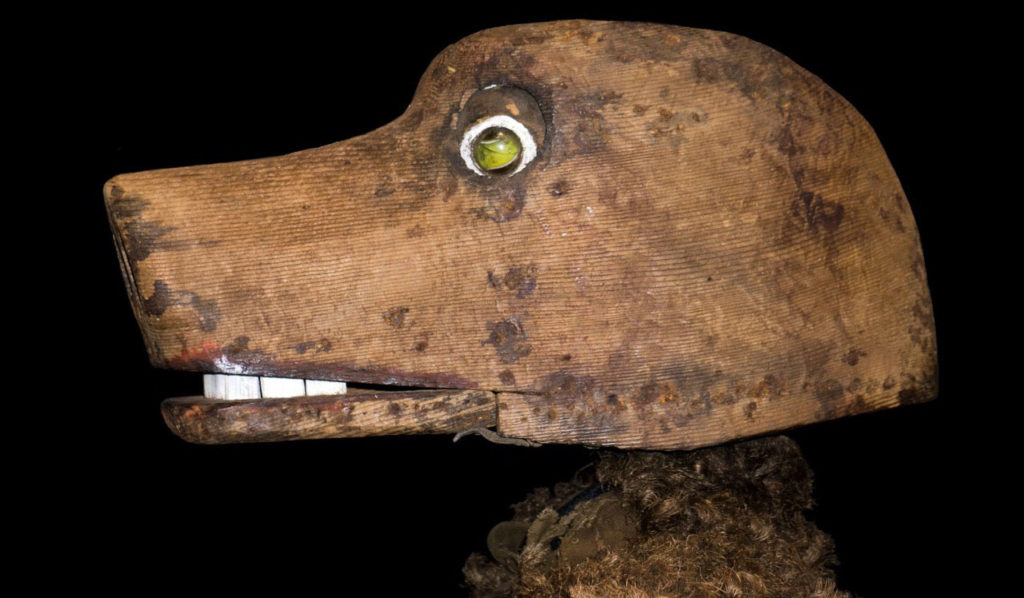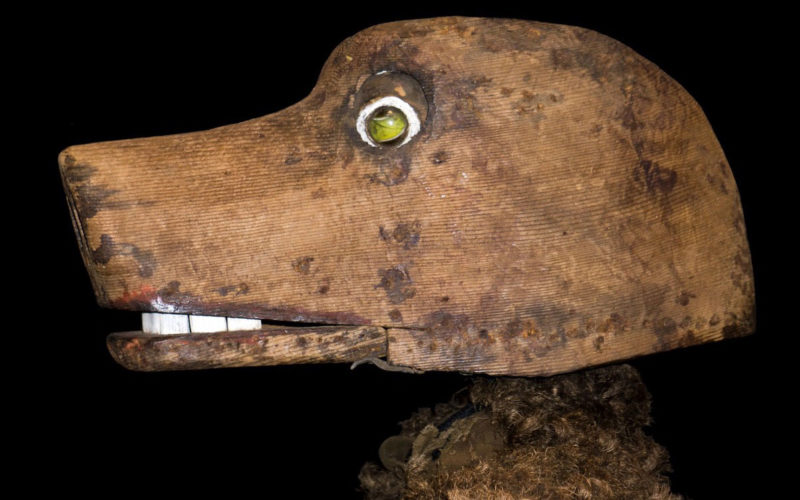“March 2020 changed MONAH’s direction with our temporary closure due to the pandemic,” says Charlotte Buchanan-Yale, director of the Museum of Native American History in Bentonville. “Reinventing MONAH has been like creating a new startup company. Working behind the scenes for the last 10 months to create MONAH’s updated website with a virtual platform has meant hard work and dedication keeping MONAH relevant and moving forward while still elevating the museum’s reputation and standing.”
Still, says Buchanan-Yale, “we miss the everyday unexpected visitors who come through our great doors and the three-ring circus of activity.” But not for much longer. The museum has set a reopening date of April 2 — just in time to showcase its part in “Companion Species,” a collaborative exhibit with Crystal Bridges Museum of American Art that takes inspiration from the recent Crystal Bridges acquisition, “Companion Species: Speech Bubble” by Marie Watt (Seneca). The exhibition will continue until May 24 at both locations.
What’s Up! asked Buchanan-Yale to talk a little bit about 2020 and her hopes for 2021.
Q. What did you do in 2020 that was way better than you hoped it would be?
A. This virtual “thing” has allowed us to visualize a greater opportunity and audience for MONAH. We can reach more people than our museum could ever seat for events. With the ability to record productions, we now have an educational archive with more information about our art and artifacts, and through virtual programming, we can give a broader platform to Indigenous cultural leaders making history today, including scientists, astronauts, environmental science professors, musicians, authors, actors, storytellers and artists. This expanded direction has made history more exciting and accessible, making us sought after for even more collaborations.
We have also launched our online trading post/ gift shop, which is a startup business of its own that is gaining ground and producing needed income.
Q. What’s your biggest goal for 2021 for the museum?

A. The most important element now is to build on what we have created in 2020 and make it stronger, but to keep a balance in our team’s lives when MONAH’s doors open to the public — slowly and safely. And program-wise, we are working on a pilot program for virtual educational opportunities to create a better understanding of Native American studies with Indigenous educators beaming into the classrooms.
Q. Are you still planning exhibits and events a year out?
A. Yes, we are keeping our monthly schedule of programming a year out including our fifth annual Native American Cultural Celebration in October. As of this report, events are planned to remain virtual this year with a possible hybrid Cultural Celebration as the year unfolds.
As for exhibits, [museum founder David Bogle] has been working behind the scenes adding to our permanent collection with new additions that will give visitors a greater window to the diversity and artistry of the first people.
When our doors open to the public, it will be a whole new ride with re-imagining the collection, adding new displays, and even our gift shop/ trading post has completely been overhauled. And soon we will debut a new Trail of Tears mural by Muskogee artist Johnnie Lee Diacon on our south exterior wall, supported by the Runway Group’s mural program in Bentonville.
Q. Has anything changed about the goals / vision of the museum?
A. Our dedication to educating the public about the diversity, artistry and “Indigenuity” of the first people of the Americas is the foundation of our mission. As our founder says, “What we do at the Museum of Native American History is we teach diversity — and we teach 14,000 years of history you probably didn’t learn in school.”
__
FYI
How To Help
“I would like to invite your readers to explore the MONAH website and become time travelers and make their own connections with uncovering the past, celebrating the present, and guide our future generations to travel well with curiosity, empathy, and find balance and respect living on this beautiful planet,” says Charlotte Buchanan-Yale when asked how patrons can help the Museum of Native American History. “The more people we can add to the discussion to create a better understanding of the first people of the Americas, the healthier we will be as a nation and a world.”
Sign up for a newsletter at monah.us.



